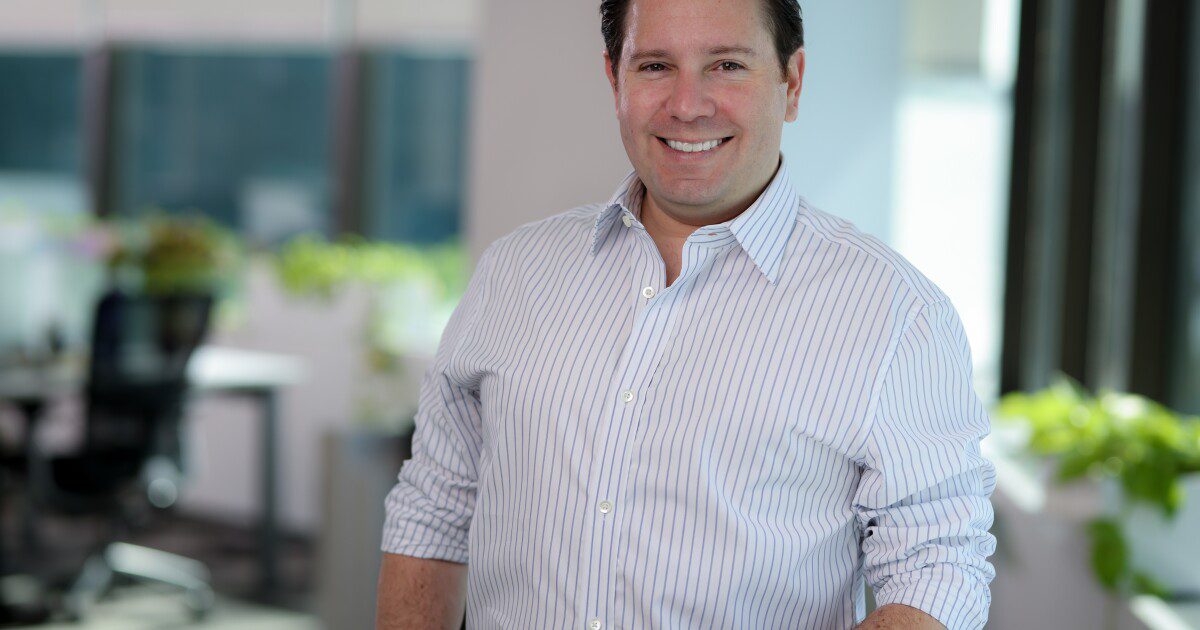Meet the insurtech: Cover Whale

For Daniel Abrahamson, a 15-year veteran of the insurance industry, years of managing hundreds of millions of dollars while setting up claims admin systems led him to realize that the industry’s traditionally innovation-averse mindset was not only inefficient – it was making companies lose money.
“I really got a firsthand look at what insurance companies were spending money and time on– they weren’t really spending their budget on technology around risk management and loss control.”
It was this realization that led Abrahamson to start Cover Whale Insurance Solutions, an insurtech that uses artificial intelligence and machine learning analytics to streamline the underwriting process in the commercial auto space.
In 2019, the company partnered with telematics startup Dreyev to deliver co-pilot technology for truck drivers. Dreyev’s software monitors driving behavior such as speed, braking and attentiveness and relays that information to both the driver and to Cover Whale. The information collected helps the driver correct dangerous behaviors, while also helping the insurance company manage premiums.
Cover Whale’s co-pilot technology removes the ambiguity of traditional insurance underwriting. By using the interactive telematics system, both the driver and the insurance company know when driving behavior is likely to result in a claim.
“How do you know if someone’s behavior qualifies as safe or unsafe? There are a lot of factors that are kind of hard to measure,” says Abrahamson. “[Our system] pulls all of that second by second data into our platform– once that data comes in, we match it up with the claims data, and that’s what allows us to build driver profiles.”
The driver profiles are built through an aggregation of various driving behaviors like aggressive braking, fast cornering and distracted driving. The system informs drivers immediately after they’ve engaged in behavior that could raise their premiums.
“We engage in coaching services such as the phone calls and text messages that we send after they are done driving. Our whole premise is that we want to ensure good drivers. We’re pretty clear about what the program involves – it involves this type of coaching and commitment to driver safety,” says Abrahamson.
This innovative approach to underwriting and driver safety is what allowed Cover Whale to generate 15.5 million dollars in seed funding from institutional investors. Investors like Claude LeBlanc, CEO of Ambac, who in a press release, stated that Cover Whale was “one of the market leaders in providing innovative distribution solutions in the commercial auto space.”
Much of the company’s success can be attributed to Cover Whale’s decision to buck the industry trend of cutting out agents – taking advantage of an already extensive insurance infrastructure. According to Abrahamson, applying a direct-to-consumer business model looks good on paper, but in reality, most insurtechs lose money on every policy.
“We see a lot of insurtechs believe that cutting out the producer, agents, and wholesalers is the way to make money in this business,” says Abrahamson. “About 98% of commercial insurance today is sold through retail and wholesale channels and those channels are an integral part of the insurance ecosystem. We think it’s a mistake to declare war on a network of professionals that are on the front lines– they have the customers, they know the customers. Our philosophy is that this [approach] is wrong or it’s at least wrong for today, and it might be wrong for many more years to come.”
Currently, Cover Whale has primarily focused on small-scale owner-operator trucking operations. Eventually, however, Abrahamson believes that the company will be able to accommodate mid-range fleets.
“You’re gonna see more admitted products coming from us in more states. We’re always going to be focused more heavily on the smaller trucking operations, having said that, we are broadening up the number of vehicles that we can service so we’re up to 25 for liability. For other lines outside of liability, we can do up to 75 vehicles.”



